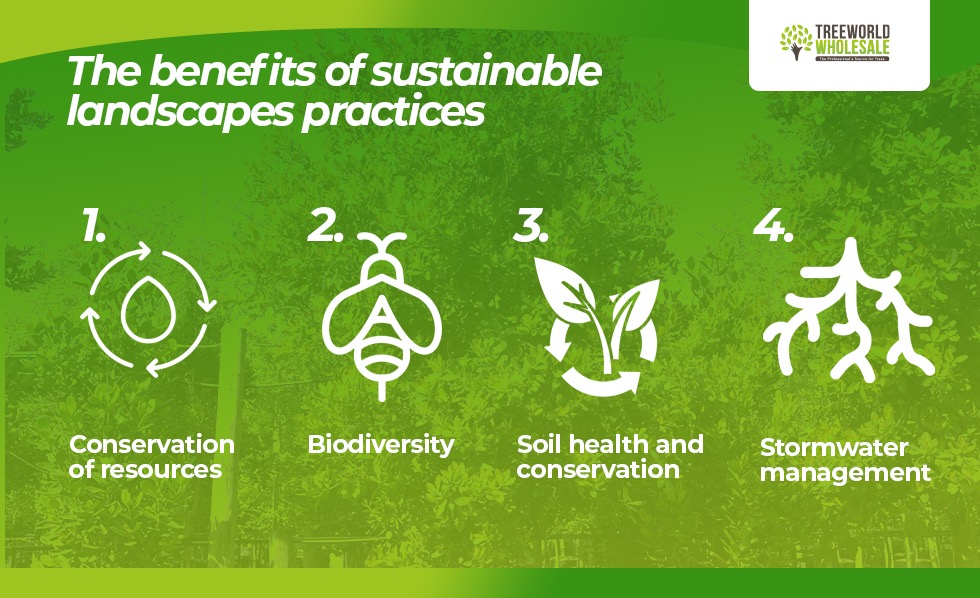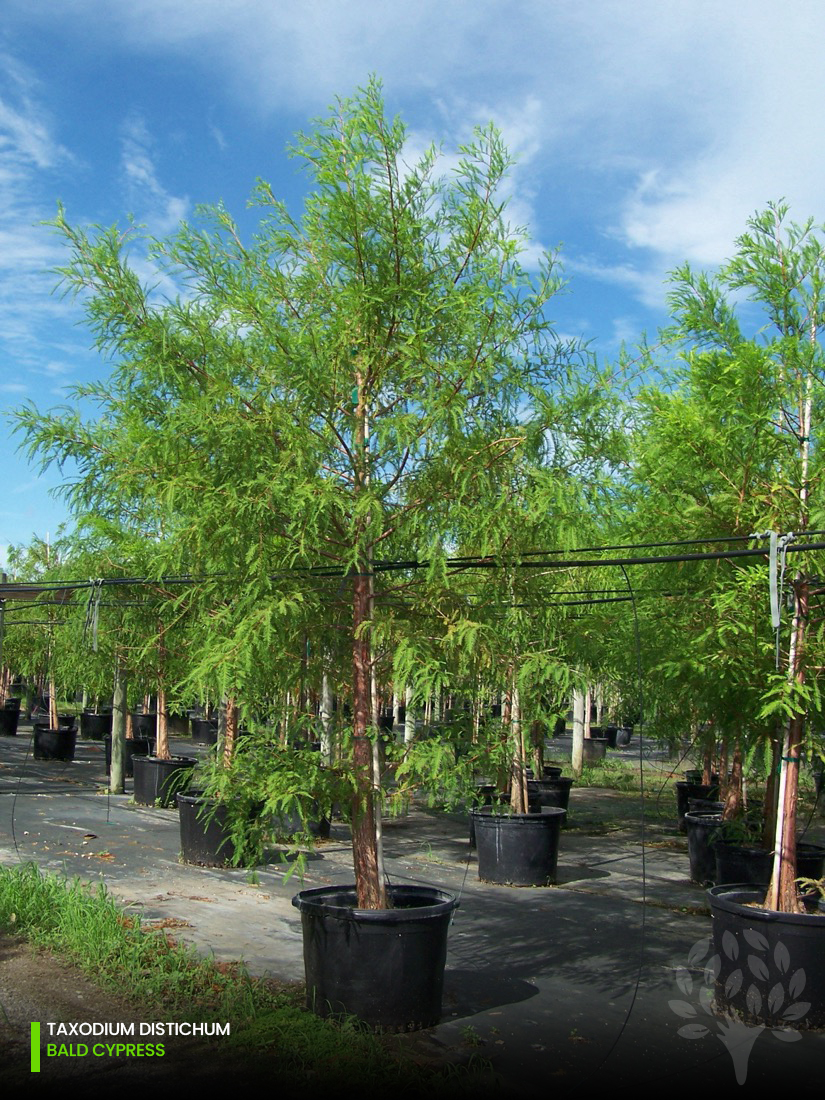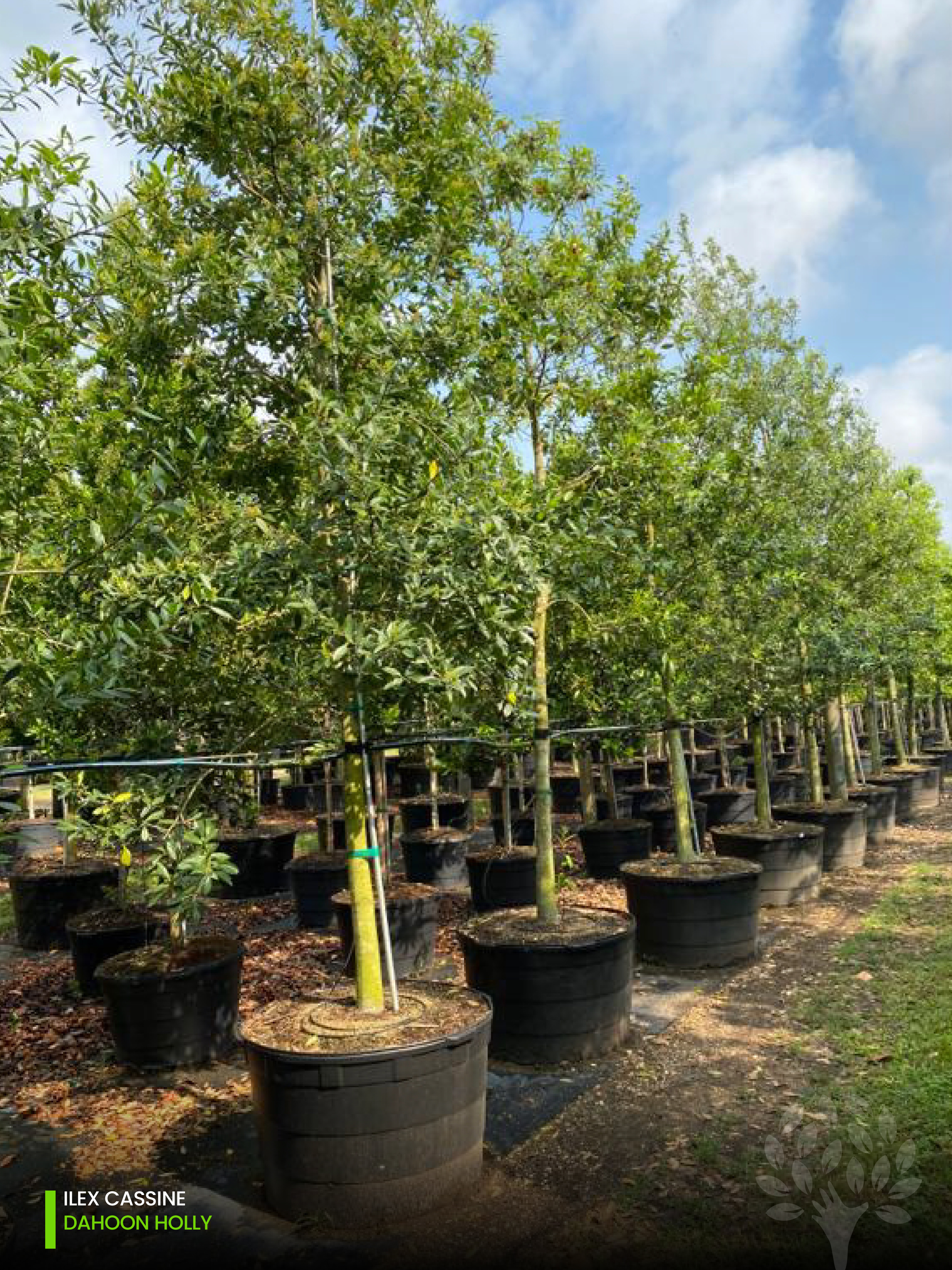Aren’t landscape designs supposed to be sustainable? What exactly is sustainable landscape design? All questions that come to mind when discussing best practices for landscape architects and urban planners. The natural landscape, in its original state, can be considered inherently sustainable since it has evolved and adapted over time to function within its ecological context. However, human development, urbanization, and classical landscaping methods often have negative impacts on the environment. Such as the loss of biodiversity, soil erosion, water pollution, excessive water use, destruction of ecosystems, and greenhouse gas emissions.
What Is Sustainable Landscape Design, and Why Is It Important?
The concept of sustainable landscape design arises from the need to mitigate these negative impacts and restore or create landscapes that are designed and managed in a more environmentally responsible manner while still addressing human needs and adding aesthetic value. Sustainable landscape design strategies seek to reduce consumption, preserve natural habitats, promote biodiversity, and support the ecosystem. By incorporating sustainable landscaping principles and adopting eco-friendly management practices, it is possible to reduce the ecological footprint while contributing to the well-being of both humans and the environment.
The Benefits of Sustainable Landscape Practices

As discussed before, sustainable landscape refers to the design, development, and maintenance of spaces in a way that minimizes negative environmental impact while promoting conservation and enhancing the overall well-being of the ecosystem and community. Integrating ecological principles and practices into the planning and management of landscapes creates an aesthetic and resilient environment. But what are the guidelines that landscape architects and urban planners should keep in mind to succeed in creating resilient environments?
Conservation of resources
Sustainable landscapes aim to minimize the use of resources such as water and energy. One of the most common sustainable landscaping practices includes efficient irrigation systems and the incorporation of strategic tree material in the design. This not only adds aesthetic value but also serves a double purpose. For instance by planting native trees that will reduce the use of energy and water required, as they’ve already adapted to the area. Also, the usage of drought-tolerant trees that will cut water run-off. And shade trees that will guarantee to cool-off the environment avoiding additional energy costs especially during summer months. Shade trees like the southern live oak (Quercus Viriginiana), West Indies Mahoganie (swietenia mahogani) and Gumbo Limbo (Bursera Simaruba). Will help with carbon sequestration, cooling off the environment and enriching the landscape.
Biodiversity In Environmentally-friendly Landscape Designs
Attracting native wildlife is important, and trees play a big role in restoring and protecting natural habitats. Choosing native trees also helps control pests in a natural manner. As predatory insects, birds, bats, and other native species feed on pests. Therefore reducing the need for chemical pesticides in landscaping and promoting a healthier environment. Native trees also add visual interest and attract birds, butterflies, and other wildlife. For example, the Jamaican caper (Caparis cynophalora). Which highlights the landscape with its showy white flowers and purple stamens, is a host plant for the Florida white butterfly. The evergreen Simpson Stopper (Myrcianthes fragrans), which bears clusters of tiny white flowers and bright red berries. And attracts butterflies and bees, and the berries are a food source for birds like mockingbirds, thrashers, and waxwings.
Similarly, trees like Wild Tamarind (Lysiloma latisiliquum), with their yellow puffball-like flowers, lure butterflies and hummingbirds, and the clusters of small purple fruits of the seagrape (Coccoloba uvifera) are favorites of mockingbirds, cardinals, and doves.
Soil health and conservation
Sustainable landscapes prioritize healthy soil by using organic and sustainable soil management practices. Practices like composting, mulching and natural fertilizers are crucial as they improve nutrient cycling, strengthen soil structure, and reduce erosion. Soil management is also vital for successful gardening, and understanding the soil conditions in your area is essential. For instance, soils for South Florida are mostly limestone rock-based soils, which are porous and do not retain water or nutrients well. Researching soil management specific to your landscape design is advised.
Stormwater Management in Eco-Friendly Landscape Design
Techniques used in sustainable garden designs control stormwater runoff and prevent pollution. Permeable paving materials, rain gardens, bioswales, and retention ponds are effective in catching and filtering rainwater. Roots also play a significant role in controlling stormwater runoff by storing and absorbing water like natural sponges. Additionally, roots attach themselves and build a network that connects soil particles. Thereby helping in soil stabilization, limiting soil loss, sedimentation in water bodies, and reducing erosion caused by water runoff. Trees also contribute to stormwater management through evapotranspiration. Acting as natural filters, improving water quality and reducing the impacts of urban runoff on downstream ecosystems. In South Florida, several trees are recommended for stormwater management. Due to their ability to tolerate the region’s subtropical climate and effectively manage stormwater. Bald Cypress (Taxodium distichum), for example, tolerates wet soils and flooding, while its deep root system helps with water absorption and soil stabilization. 
Another native tree known for its virtues in soil stabilization is the Pond Apple (Annona glabra), which has a high tolerance for flooding. The Florida Strangler Fig (Ficus aurea) features a tremendous root system that stabilizes the soil and reduces erosion, making it valuable for stormwater management in coastal areas.
Other options for soil stabilization, water absorption, and erosion control are the Live Oak (Quercus virginiana), Dahoon Holly (Ilex cassine), and Simpson Stopper (Myrcianthes fragrans).
Choosing Native and Adaptive Plants for Your Sustainable Landscape
Choosing native and adaptive plants for a sustainable landscape involves considering various factors. Research native Florida trees and take into account site conditions such as soil type, sunlight, and moisture levels. Prioritize plants adapted to the region’s climate and environmental conditions to ensure resilience and success. Consider the ecological functions you want the plants to serve, such as attracting pollinators or enhancing soil health. Opt for water-efficient plants that are drought-tolerant and minimize irrigation needs. Finally, avoid invasive species that can harm native ecosystems. Factor in maintenance requirements and seek us for advice if needed.
Environmentally Friendly Landscape Design in Florida
Sustainable landscape design is crucial in Florida, given the region’s vulnerability to rising sea levels, increased storm intensity, and higher temperatures. By prioritizing sustainable landscape practices, we can address challenges such as water scarcity and biodiversity loss, while building resilient, vibrant, and healthy communities for present and future generations. This proactive approach contributes to the region’s long-term sustainability and ensures the preservation of its unique natural resources.













